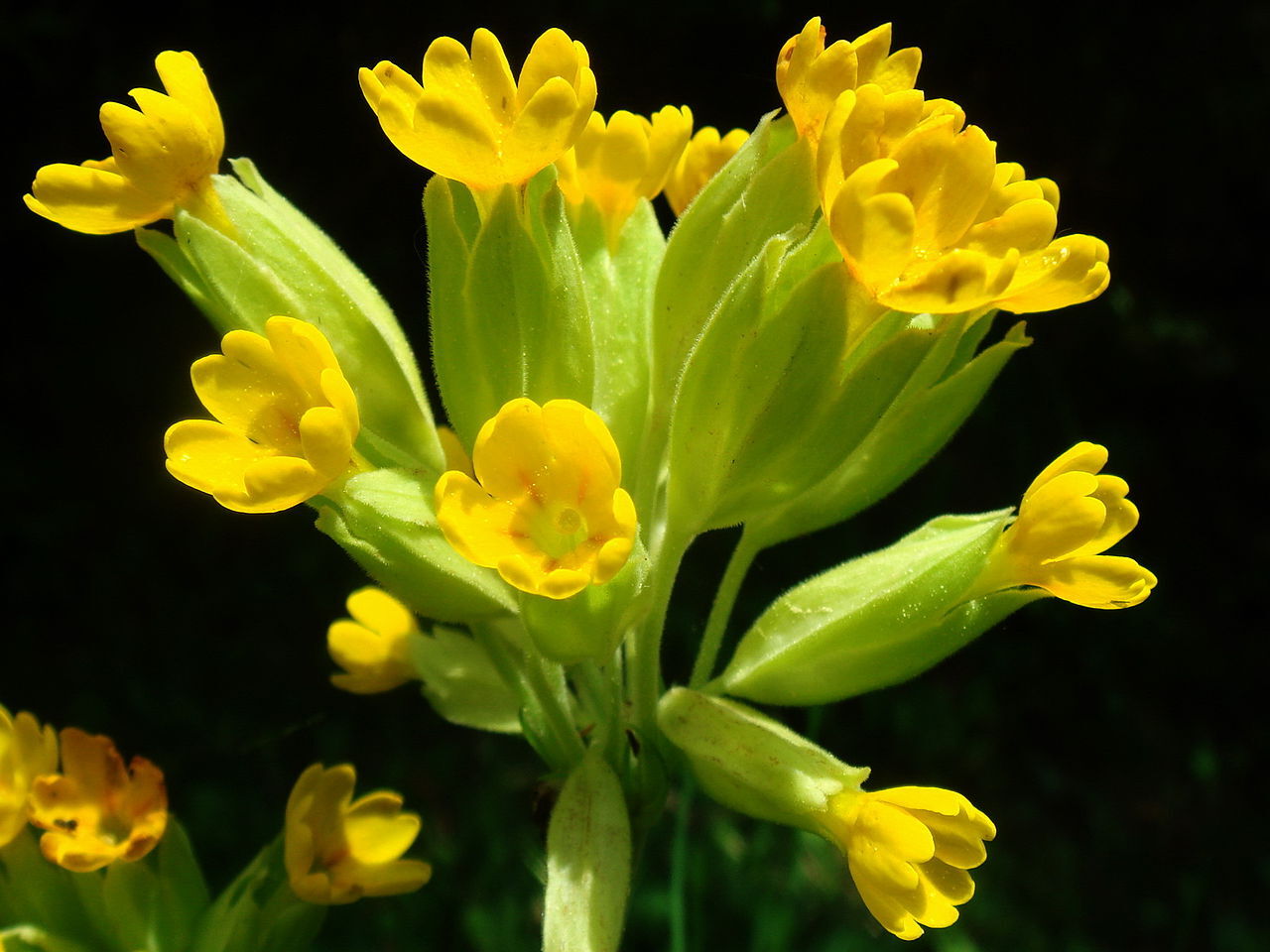
Cowslip, a charming wildflower, often goes unnoticed despite its fascinating traits. Found in meadows and woodlands, this plant has a rich history and numerous uses. Did you know that cowslip is not just a pretty face? Cowslip has been used in traditional medicine for centuries, treating ailments from insomnia to skin conditions. Its bright yellow flowers are a favorite among bees, making it an essential part of the ecosystem. Additionally, cowslip has culinary uses; its leaves and flowers can be added to salads or brewed into tea. Ready to learn more? Here are 25 intriguing facts about cowslip that will surprise you!
What is Cowslip?
Cowslip, scientifically known as Primula veris, is a charming wildflower found in meadows and woodlands. Its bright yellow blooms and medicinal properties make it a fascinating plant worth exploring.
-
Cowslip belongs to the Primrose family. This family includes other popular flowers like primroses and oxlips.
-
The name "Cowslip" comes from Old English. It means "cow dung" because the plant often grows in pastures where cows graze.
-
Cowslip flowers have a pleasant fragrance. Their sweet scent attracts bees and other pollinators.
-
The plant blooms in spring. Cowslip flowers typically appear from April to May.
-
Cowslip is a perennial plant. It comes back year after year, making it a reliable addition to gardens.
Historical Uses of Cowslip
Cowslip has been used for centuries in traditional medicine and folklore. Its various applications highlight its importance in history.
-
Ancient Greeks used cowslip for its medicinal properties. They believed it could cure paralysis and other ailments.
-
Cowslip was used in medieval times to treat insomnia. People made tea from its flowers to help them sleep.
-
The plant was also used to treat skin conditions. Cowslip ointments were applied to reduce wrinkles and blemishes.
-
Cowslip wine was a popular beverage in the past. It was made by fermenting the flowers with sugar and water.
-
In folklore, cowslip was associated with fairies. People believed that fairies used the flowers as hiding places.
Cowslip in Modern Times
Today, cowslip continues to be valued for its beauty and benefits. Its role in conservation and gardening is noteworthy.
-
Cowslip is a symbol of conservation. It is often planted in wildflower meadows to support biodiversity.
-
The plant is used in herbal medicine. Cowslip extracts are believed to have anti-inflammatory and sedative effects.
-
Cowslip is a favorite in cottage gardens. Its cheerful flowers add a touch of nostalgia and charm.
-
The plant is easy to grow. Cowslip thrives in well-drained soil and sunny spots.
-
Cowslip is a food source for wildlife. Its flowers provide nectar for bees, and its leaves are eaten by caterpillars.
Interesting Facts About Cowslip
Cowslip has some unique characteristics that make it stand out among other wildflowers. These facts highlight its special features.
-
Cowslip flowers have a unique shape. They form a cluster of bell-shaped blooms on a single stem.
-
The plant has a long history of cultivation. Cowslip has been grown in gardens since the 16th century.
-
Cowslip can hybridize with other primulas. This results in interesting variations and new plant forms.
-
The plant's roots have medicinal uses. They are used to make remedies for respiratory issues.
-
Cowslip is sometimes called "Herb Peter." This name refers to St. Peter, who is often depicted with keys, symbolizing the flower's key-like shape.
Cowslip in Culture and Art
Cowslip has inspired artists, writers, and poets throughout history. Its delicate beauty and symbolic meanings have left a mark on culture.
-
Shakespeare mentioned cowslip in his plays. The flower appears in "The Tempest" and "A Midsummer Night's Dream."
-
Cowslip is featured in traditional English songs. Folk songs often celebrate its arrival in spring.
-
The flower appears in paintings and illustrations. Artists have captured its beauty in various works of art.
-
Cowslip is a symbol of youth and happiness. Its bright yellow flowers are associated with joy and renewal.
-
The plant has inspired garden designs. Cowslip meadows and borders are popular in landscape architecture.
Final Thoughts on Cowslip
Cowslip is more than just a pretty flower. Its medicinal properties have been valued for centuries. From treating coughs to insomnia, this plant has been a natural remedy in many cultures. It’s also a favorite among gardeners for its bright yellow blooms and ability to attract pollinators like bees and butterflies. Despite its delicate appearance, cowslip is quite hardy and can thrive in various environments. Whether you’re interested in its health benefits, gardening potential, or simply its beauty, cowslip offers something for everyone. Next time you see this charming plant, you’ll know there’s much more to it than meets the eye. So, why not consider adding cowslip to your garden or herbal medicine cabinet? It’s a small addition that can bring a lot of joy and benefits.
Was this page helpful?
Our commitment to delivering trustworthy and engaging content is at the heart of what we do. Each fact on our site is contributed by real users like you, bringing a wealth of diverse insights and information. To ensure the highest standards of accuracy and reliability, our dedicated editors meticulously review each submission. This process guarantees that the facts we share are not only fascinating but also credible. Trust in our commitment to quality and authenticity as you explore and learn with us.
